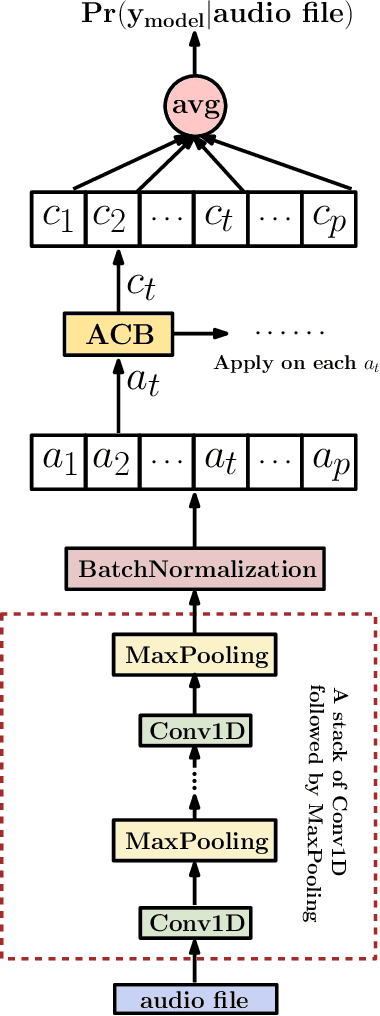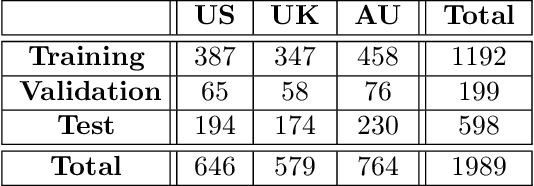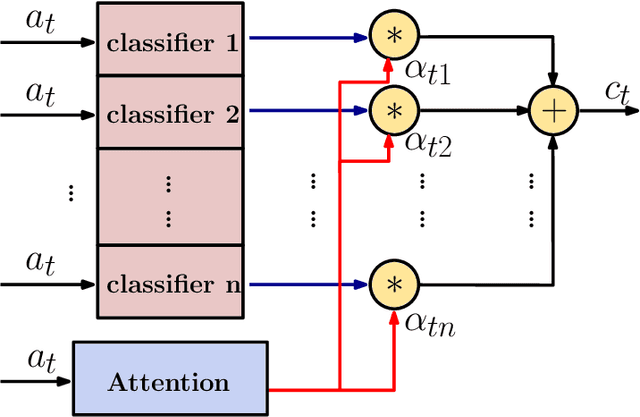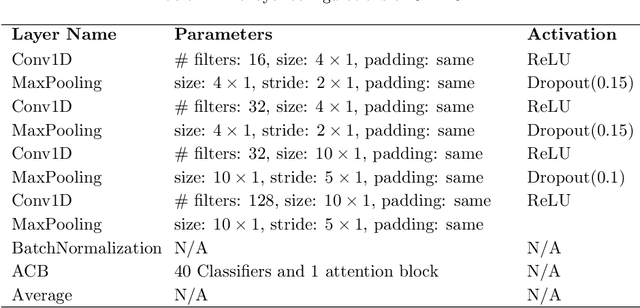Haoye Lu
Stochastic Forward-Backward Deconvolution: Training Diffusion Models with Finite Noisy Datasets
Feb 08, 2025



Abstract:Recent diffusion-based generative models achieve remarkable results by training on massive datasets, yet this practice raises concerns about memorization and copyright infringement. A proposed remedy is to train exclusively on noisy data with potential copyright issues, ensuring the model never observes original content. However, through the lens of deconvolution theory, we show that although it is theoretically feasible to learn the data distribution from noisy samples, the practical challenge of collecting sufficient samples makes successful learning nearly unattainable. To overcome this limitation, we propose to pretrain the model with a small fraction of clean data to guide the deconvolution process. Combined with our Stochastic Forward--Backward Deconvolution (SFBD) method, we attain an FID of $6.31$ on CIFAR-10 with just $4\%$ clean images (and $3.58$ with $10\%$). Theoretically, we prove that SFBD guides the model to learn the true data distribution. The result also highlights the importance of pretraining on limited but clean data or the alternative from similar datasets. Empirical studies further support these findings and offer additional insights.
Structure Preserving Diffusion Models
Feb 29, 2024Abstract:Diffusion models have become the leading distribution-learning method in recent years. Herein, we introduce structure-preserving diffusion processes, a family of diffusion processes for learning distributions that possess additional structure, such as group symmetries, by developing theoretical conditions under which the diffusion transition steps preserve said symmetry. While also enabling equivariant data sampling trajectories, we exemplify these results by developing a collection of different symmetry equivariant diffusion models capable of learning distributions that are inherently symmetric. Empirical studies, over both synthetic and real-world datasets, are used to validate the developed models adhere to the proposed theory and are capable of achieving improved performance over existing methods in terms of sample equality. We also show how the proposed models can be used to achieve theoretically guaranteed equivariant image noise reduction without prior knowledge of the image orientation.
On the Dynamics of Training Attention Models
Nov 19, 2020



Abstract:The attention mechanism has been widely used in deep neural networks as a model component. By now, it has become a critical building block in many state-of-the-art natural language models. Despite its great success established empirically, the working mechanism of attention has not been investigated at a sufficient theoretical depth to date. In this paper, we set up a simple text classification task and study the dynamics of training a simple attention-based classification model using gradient descent. In this setting, we show that, for the discriminative words that the model should attend to, a persisting identity exists relating its embedding and the inner product of its key and the query. This allows us to prove that training must converge to attending to the discriminative words when the attention output is classified by a linear classifier. Experiments are performed, which validates our theoretical analysis and provides further insights.
A Deep Neural Network for Audio Classification with a Classifier Attention Mechanism
Jun 14, 2020



Abstract:Audio classification is considered as a challenging problem in pattern recognition. Recently, many algorithms have been proposed using deep neural networks. In this paper, we introduce a new attention-based neural network architecture called Classifier-Attention-Based Convolutional Neural Network (CAB-CNN). The algorithm uses a newly designed architecture consisting of a list of simple classifiers and an attention mechanism as a classifier selector. This design significantly reduces the number of parameters required by the classifiers and thus their complexities. In this way, it becomes easier to train the classifiers and achieve a high and steady performance. Our claims are corroborated by the experimental results. Compared to the state-of-the-art algorithms, our algorithm achieves more than 10% improvements on all selected test scores.
 Add to Chrome
Add to Chrome Add to Firefox
Add to Firefox Add to Edge
Add to Edge